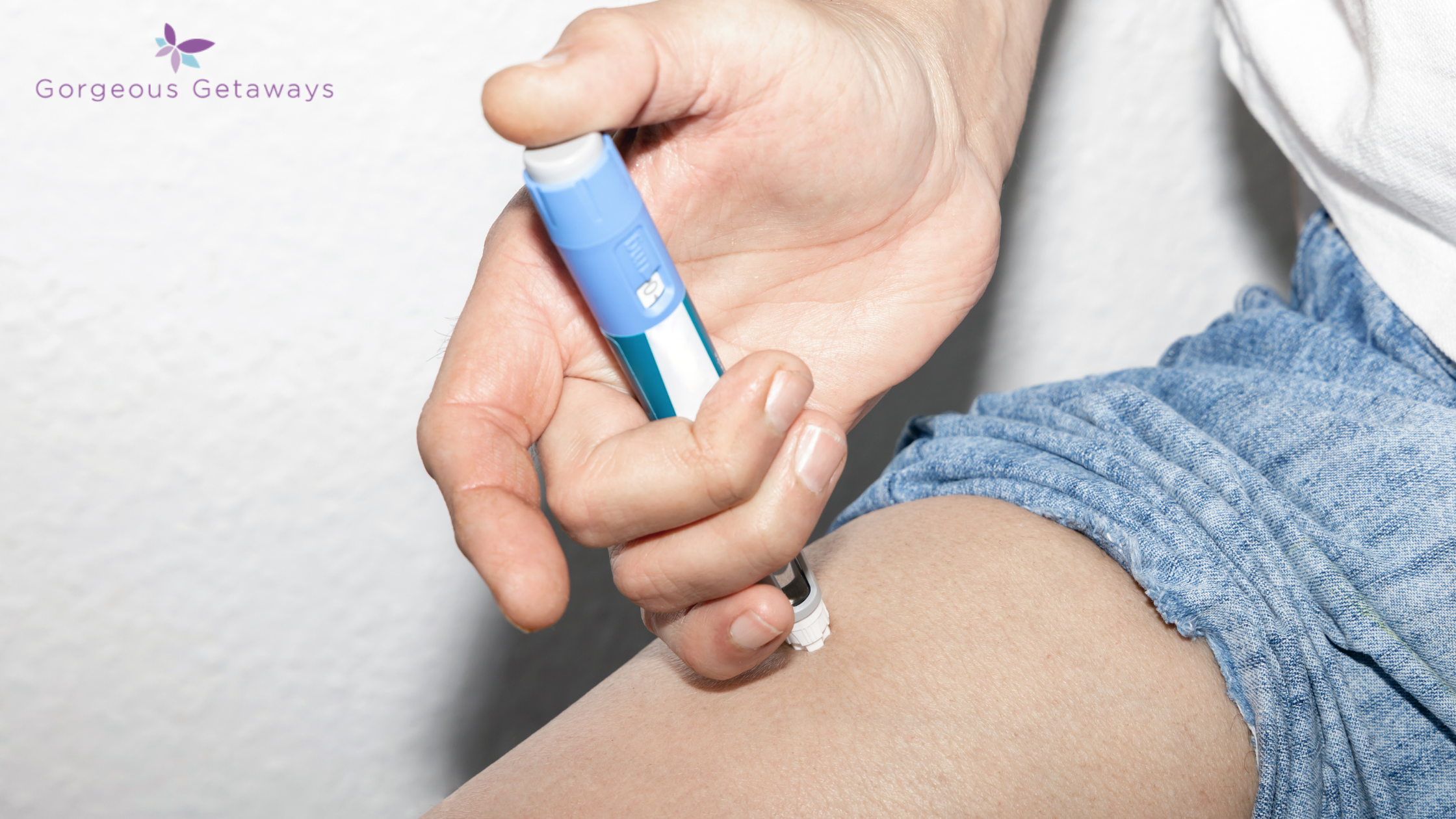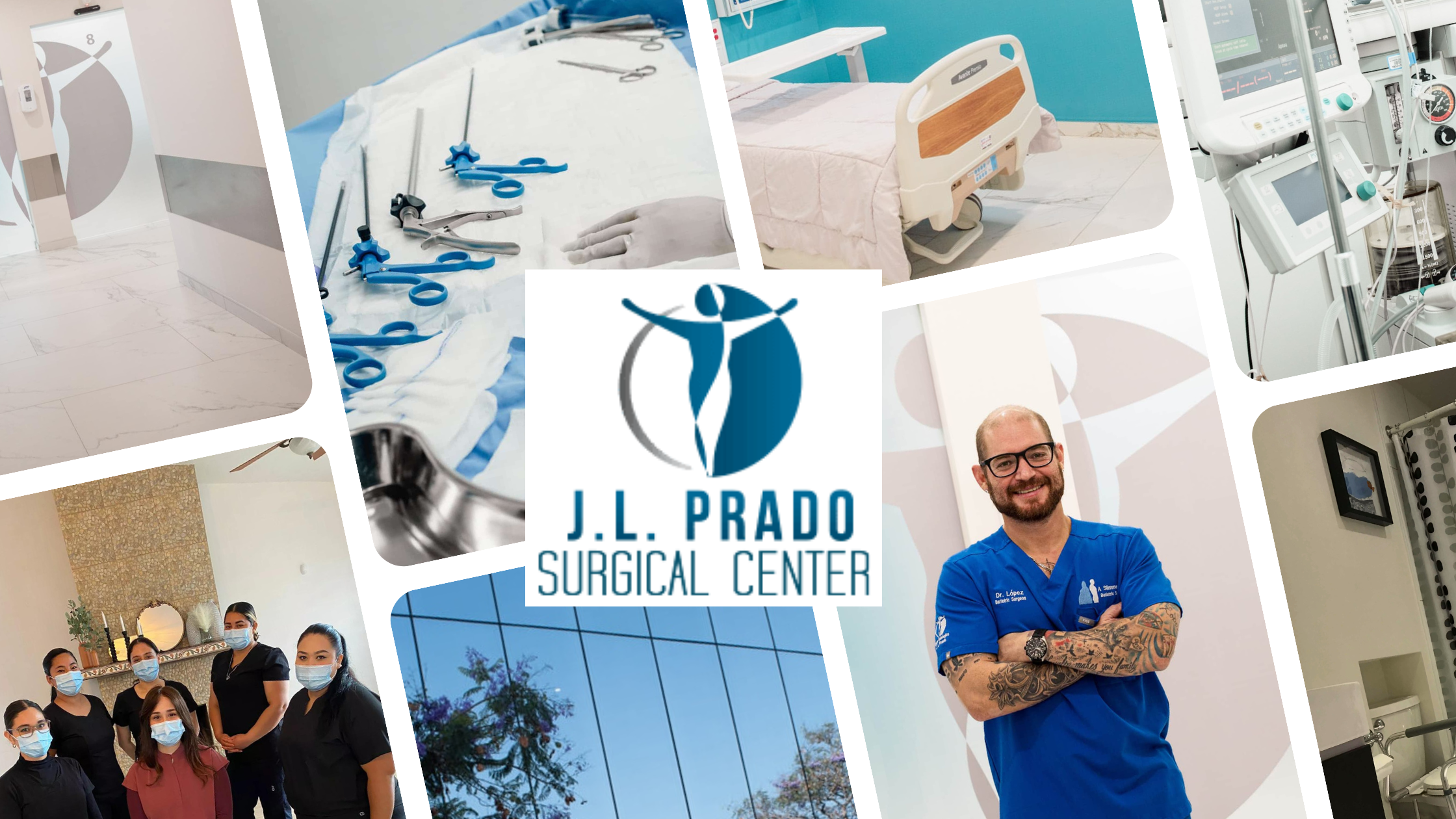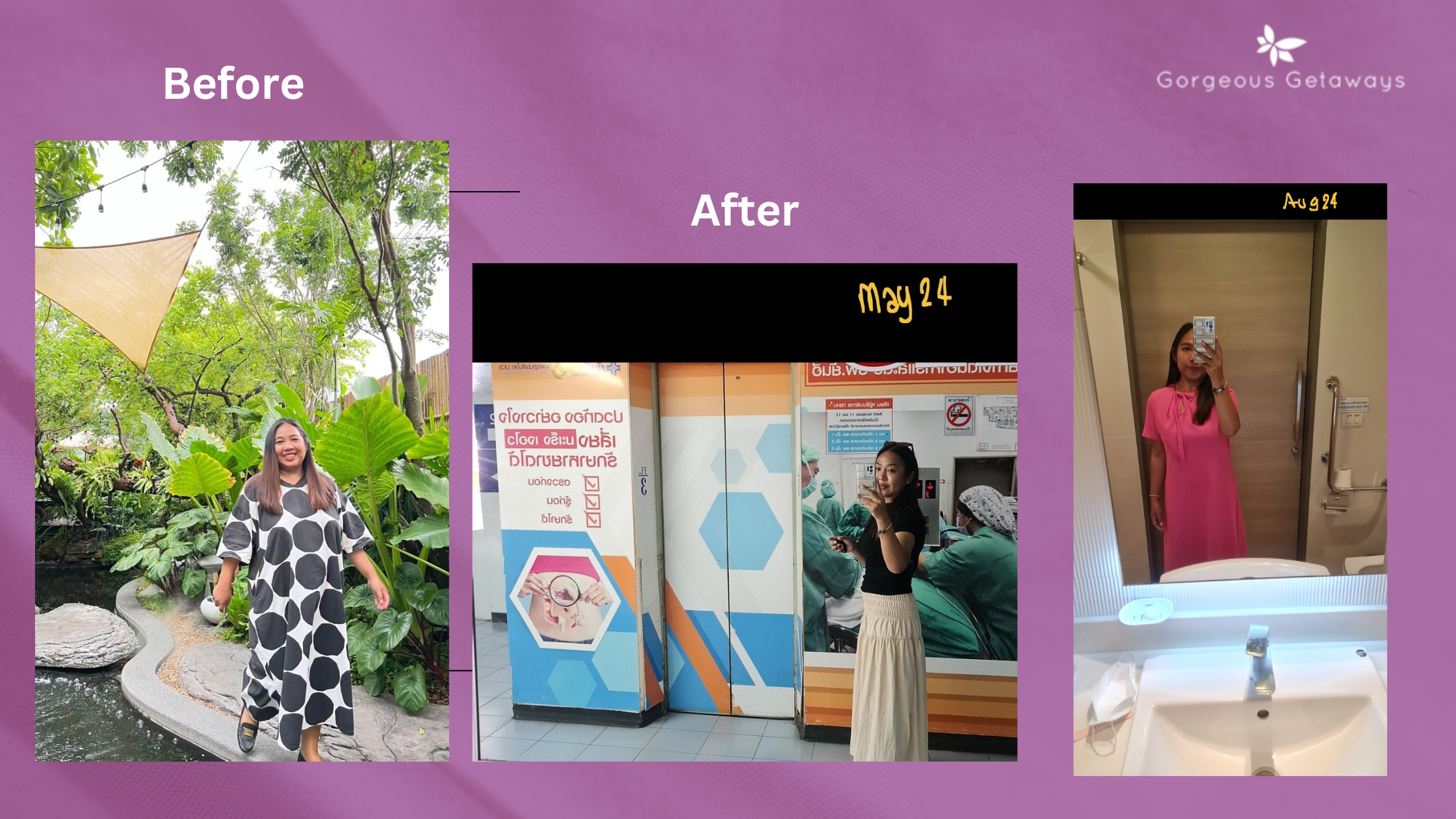When it comes to weight loss interventions, Allurion Balloon and gastric sleeve surgery are two popular options that offer effective results. Both approaches have their unique benefits and considerations, making it important for individuals to understand their differences before making an informed decision.
Allurion Balloon: Non-surgical Approach to Weight Loss:
The Allurion Balloon is a non-surgical, temporary gastric balloon that is placed in the stomach through a minimally invasive procedure. It works by creating a feeling of fullness and reducing the capacity of the stomach, helping individuals consume smaller portions and achieve weight loss. The balloon remains in the stomach for a specific duration and is then removed.
Gastric Sleeve Surgery: Surgical Restriction and Hormonal Changes:
Gastric sleeve surgery, also known as sleeve gastrectomy, is a surgical procedure that involves removing a significant portion of the stomach. This results in a smaller stomach pouch, which restricts food intake and induces hormonal changes that promote satiety. The procedure is irreversible and requires general anesthesia.
Comparison of Allurion Balloon and Gastric Sleeve:
a) Invasiveness and Procedure Duration:
- Allurion Balloon: It is a non-surgical procedure that can be completed within 20 minutes, typically done under local anesthesia.
- Gastric Sleeve Surgery: It is a surgical procedure that requires general anesthesia and usually takes around 1-2 hours.
b) Weight Loss Results:
- Allurion Balloon: It can help individuals achieve significant weight loss, typically ranging from 10% to 15% of their initial body weight.
- Gastric Sleeve Surgery: It is considered a more aggressive procedure, leading to substantial weight loss of around 60% to 70% of excess body weight.
c) Duration of Intervention:
- Allurion Balloon: The balloon is typically left in the stomach for approximately 6 months before being removed.
- Gastric Sleeve Surgery: It is a permanent procedure that permanently alters the structure and capacity of the stomach.
d) Recovery Time and Lifestyle Changes:
- Allurion Balloon: It involves a shorter recovery period, allowing individuals to resume their daily activities shortly after the procedure. Lifestyle changes, including adopting a healthy diet and regular exercise, are crucial for long-term success.
- Gastric Sleeve Surgery: The recovery period is relatively longer, with individuals needing several weeks for full recovery. Post-surgery, significant dietary and lifestyle changes are required for successful weight loss and maintenance.
e) Risks and Considerations:
- Allurion Balloon: The risks associated with Allurion Balloon are generally minimal and include temporary side effects such as nausea, vomiting, and abdominal discomfort.
- Gastric Sleeve Surgery: As a surgical procedure, gastric sleeve surgery carries inherent risks associated with anesthesia, bleeding, infection, and potential long-term complications.
Next Steps
Both Allurion Balloon and gastric sleeve surgery offer viable options for individuals seeking weight loss interventions. The choice between them depends on various factors, including the desired degree of weight loss, invasiveness, recovery time, and long-term considerations. It is essential to consult with healthcare professionals specializing in weight loss procedures to determine the most suitable option based on individual needs, medical history, and lifestyle factors.
By understanding the differences and considering personal preferences, individuals can make an informed decision and embark on a successful weight loss journey tailored to their specific circumstances.









Leave A Comment